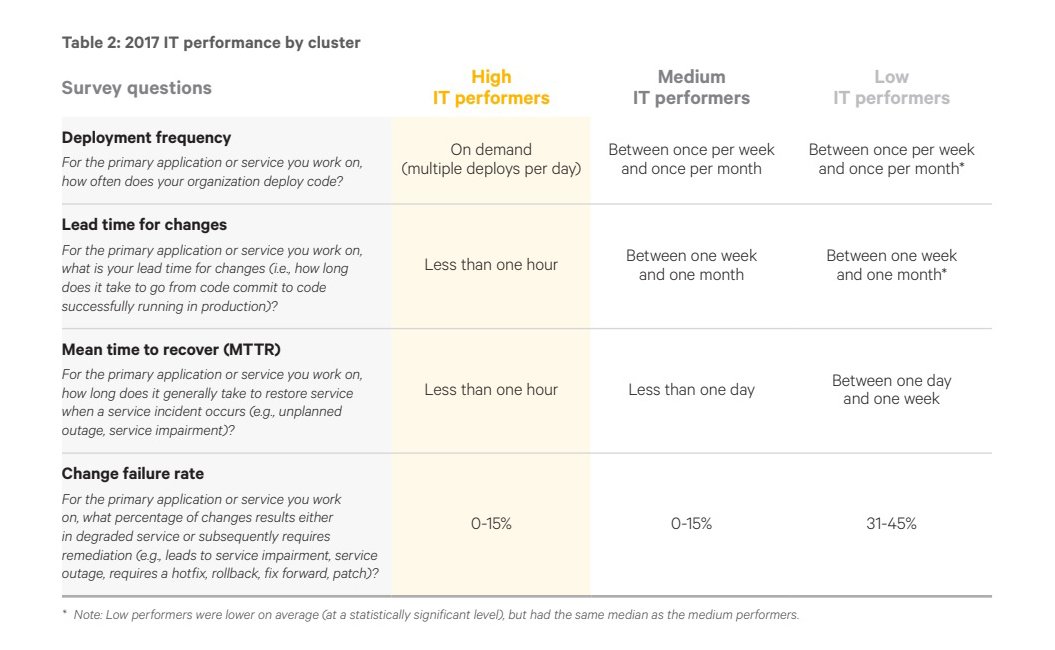Software development has been experiencing disruptive innovation over the last few years, and with the rising expectations of customers looking to get a superior experience, they are always searching for ways to release their products with faster time to market.
According to a Forrester study conducted in 2012, 17% of entrepreneurs need strategic IT services or software products, delivered in less than 3 months from basics to production, and a few expect the same in 3-6 months.
In this post, we will try to explain the real reasons behind this shift; both from the business and from a technology perspective, plus we will also cover the tools and processes that leading-edge companies are using to stay ahead of the competition.
The Business Need
It has become inevitable for all industries to deliver superior customer experience, and deliver it fast, in order to stay competitive. As well, continuous innovation is required to meet customers' expectations and the market needs.

As per the above DevOps report, the year 2016 - 2017, was where the gap between the high and low performers narrowed with respect to deployment frequency. The 2017 report shows that the high performers overtook low performing organizations in both throughput and stability. They deployed codes more frequently per hour, as compared to low performers who deployed codes in a week or month. This has dropped the failure rates of high performing companies to 5 times less than low performing companies.
In 2017, low performers deployed their code once a week or month, as compared to once a month or every six months, in the year 2016. This proved to be a significant improvement, which was achieved by delivering the value faster, preventing failures, and releasing higher quality codes.
High performers have achieved benefits over the past year in terms of recovery of production and infrastructure outages, avoiding failures. This results in higher quality code, faster time to market, thus offering a better customer experience.
Comments